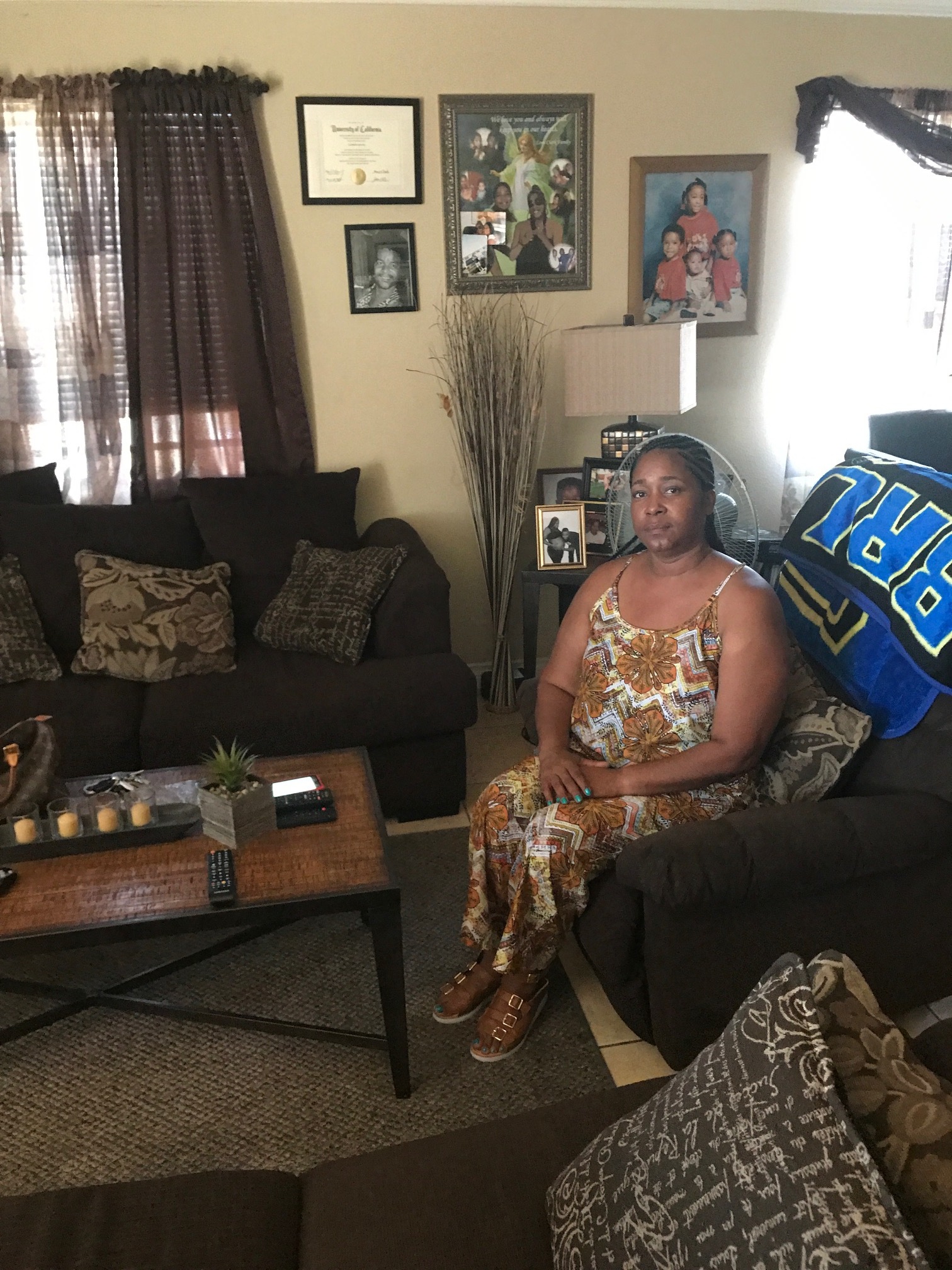Robert Mueller To Investigate Murder Cases Of LAPD Det. Chris Barling For "Collusion With Watts Gang Members"
/One day before he is scheduled to retire from the Los Angeles Police Department, legendary homicide detective Christopher Barling was dealt a shocking blow when word leaked that the United States Justice Dept. had assigned Robert Mueller III to prepare a report regarding his possible “collusion with Watts street gang members”, authorities said Wednesday.
The report by Mueller, who just finished a much-publicized investigation on the possible links between Donald J. Trump’s presidential campaign and Russia, could put in jeopardy the more than 8,900 homicide cases Barling worked and cleared. “If it turns out Barling colluded with gang members in Watts, all those cases could be reviewed and likely thousands of them would be overturned,” said a federal law enforcement source speaking on the condition of anonymity. “If that happens the streets of Los Angeles would be flooded with convicted killers.”
What sparked the Justice Dept. investigation was discovery of a nearly 30-year-old internal memo that was leaked to the Washington Post and Krikorian Writes over the weekend and has since been thoroughly vetted.. The memo, from a active current member of LAPD’s storied Robbery-Homicide Division, details incidents of collusion in which Barling is alleged to have been involved in as far back as 1990.
Though heavily redacted, the statements are from Det. Tim Marica, who once partnered with Barling in the Southeast Division which includes Watts. Here is what the Washington Post published online earlier today, Wednesday, with redactions intact.
“In 1990, Barling and I were assigned to Gang Unit in SOE ([sic] Div.. Being young officers, we would come in early and meet with homicide dets. The rest of the coppers in the unit were always dumbfounded on how Barling always had inside information on the Bounty ####### and the P#s. When making an awesome arrest, he’d play it ff by saying “I’m really an O’Barling and it’s just luck of the irish.” Then, one day, I saw him in Grape Stre## hood on his day off. I snuck up and heard him talking to an OG. That’s when I heard it. O’Barling claimed he was actually a gangster and had been jumped in by the E/S Patty Crip set. From what i could hear O’Barling had made an alliance with Grape ##### Cri##. He’d lay off of them as long as they gave up info on other rival gangs in the projects.”
Det. Marcia did not respond to repeated phone calls, texts, and E-mails.
Barling, a 32-year veteran of the LAPD, has long been among the most respected detectives in the modern history of the city. A former employee at Disneyland, he gained fame in 1997 during the double murder trial of Cleamon “Big Evil” Johnson when he testified as a gang expert and spoke nonstop for a record 17 hours straight. In a memorable moment of the trial, Big Evil told the judge, Charles E. Horan, ”I’ll confess if this motherfucker just shuts the fuck up.” **
When reminded of that long-winded incident in 1997, retired LAPD homicide detective John Skaggs found it difficult to believe Johnson told that to judge Horan. “I always thought Barling was in cahoots with Big Evil,” Skaggs said.
Still, one of Barling’s closest colleagues, Sal LaBarbera, agreed that Barling could talk with the best of them.. “We called him “The Filibuster’,” LaBarbara, said “He would talk everyone’s ear off until you would see things his way.”
Still, most current and retired LAPD personnel who worked with Barling were stunned by the news of the Mueller investigation.
“No comment,” said Capt. Cory Palka, commander of the Hollywood Division who knew Barling from the 77th. Palka claimed he had no idea about the Mueller probe.
Rob Bub, an LAPD homicide investigator for 22 years and currently co-director of investigations at the Los Angeles Detective Agency, said he had always respected Barling’s skills, but started to get suspicious of him last year..
“I think I really started to suspect [collusion] when I heard there was a deal in the works to rename the Watts Towers the Barling Towers,” Bub said.
A veteran crime reporter for the L.A. Times said she wasn’t shocked by the allegations.
“Barling has been playing both sides since before I was born,” said Nicole Santa Cruz. “It’s the worst kept secret in the South end. Despite that, I’m still really going to miss him.”
One member of the Grape Street gave an insight on how Barling benefitted from “insider info” gleaned from gang members.
“Say, for ‘zample, Barling got T Bone from the PJs in the box,” said the gang member who spoke on the condition of anonymity and if I would get him a 40. “We know Bone got a thing for a hottie from the Folsom Lot in the Nickersons who go by ‘Shiitake’. Ya know, like that mushroom. Anyway, So, Barling gets to interviewing T Bone and starts going on and on about Shiitake. You feel me? ‘Fore you know it, Bone giving it up just to get 411 on her. You feel me? On the street we call that fuckin’ with a homie. But, on CNN that’s called ‘collusion’.”
Despite the allegations. many spoke in awe of Barling’s skill, his caring and his single-minded pursuit.of bringing some type of justice to the families of the fallen. One of them was Rick Gordon who has worked with Baring since 1993. He spoke for many when he said the following;
“I always used to tell Chris that he ‘may be’ the best homicide detective supervisor that I have ever worked with. I would always say ‘may be’ because i’ve worked with so may great people and I didn’t want it going to his head. Now that he’s retiring, I was finally able to tell him that he was the best of the best.”
Gordon continued. “Chris was the complete package. He knowledge, work ethic, leadership skills, and compassion for others was truly remarkable. He was a great teacher and mentor for new homicide detectives. Most of all. he truly cared about providing justice for families of murder victims.”
Barling declined to comment for this article and referred all questions to his attorney, Michael Avenatti.
###
Chris Barling represents what is good about - not only the LAPD - but police forces around the world. Barling is a person whose mission is to not let you get away with murder. Many of my friends hate him.
PUBLISHER ’S NOTE - When one of our journalists, Michael Krikorian, approached Det. Chris Barling about doing a serious article about his career at the LAPD, the detective was against the idea. He did not want a glowing, even gushy farewell to the murder cop story. When Krikorian said “How about a fictional story about you being investigated for collusion?”, Barling was all in. So here it is. I added this note because, according to sources in the department - police, not Justice - many people thought Barling really was in the shithouse with Mueller and company. Stay tuned.
As for Barling, here is a story from five and a half years ago on why he - and others - do what they do. It was known as the the Craigslist Cell Phone Killing. http://www.krikorianwrites.com/blog/2013/10/28/daughter-of-slain-man-thanks-detectives-for-arrests












